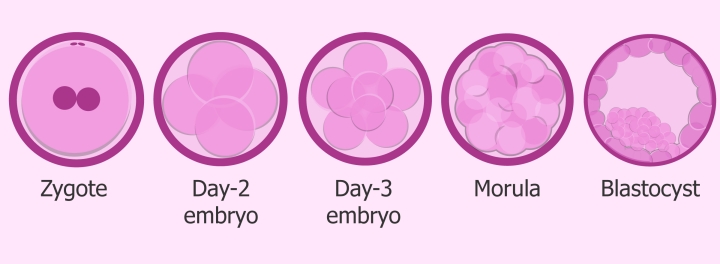
Blastocyst embryo transfer is a variation of in vitro fertilisation. In this procedure, an embryo is allowed to develop for ?ve to six days and at that time embryo becomes a ball of about 120 cells which is now known as a blastocyst.
As compared to 3-day old embryo, a day 5 or 6 embryo is a much more advanced structure that offers real advantage i.e. the potentially higher live birth rate.
When is blastocyst embryo transfer done?
As the method involves the development of embryo for more number of days in culture, blastocyst extended culture gives us the opportunity to examine embryos over a longer period. If you have experienced recurrent implantation failure, you may undergo this blastocyst transfer method. If embryos arrest or become fragmented, this can help your doctor identify potential problems, if any.
Doctor may recommend blastocyst embryo transfer to any woman undergoing IVF treatment. It will be suggested after assessing the number and quality of your embryos at day 3.
In case, there are only two high-quality embryos, then you are most likely to have those embryos transferred, but on the other hand, if you have more number of embryos that are high in quality and are growing well, then your doctor may wait until day 5 or 6 and will select the best quality embryo to transfer.
This will be done if it is likely to increase your chance of achieving pregnancy.
Generally, blastocyst embryo transfer is recommended for younger women who are suspected to have a good success rate with IVF.
It may be recommended in women who have had a couple of failed IVF cycles, despite having good quality embryos transferred at day 2 or 3.
Can blastocyst embryo transfer be used with ICSI?
Yes, blastocyst embryo transfer can also be done with intracytoplasmic sperm injection. It is a technique which is used as part of in Vitro fertilisation when the male partner fails to produce enough good quality sperm.
To bring about fertilisation, the DNA from a single sperm is injected into each egg rather than mixing sperm and eggs together in vitro. The resulted embryos are then cultured as they are in an ordinary IVF cycle now. Then, at day 2 and 3, the same decision to wait for blastocyst to form can be made. If blastocyst develops well by day 5-6, then, blastocyst embryo transfer can be done.
